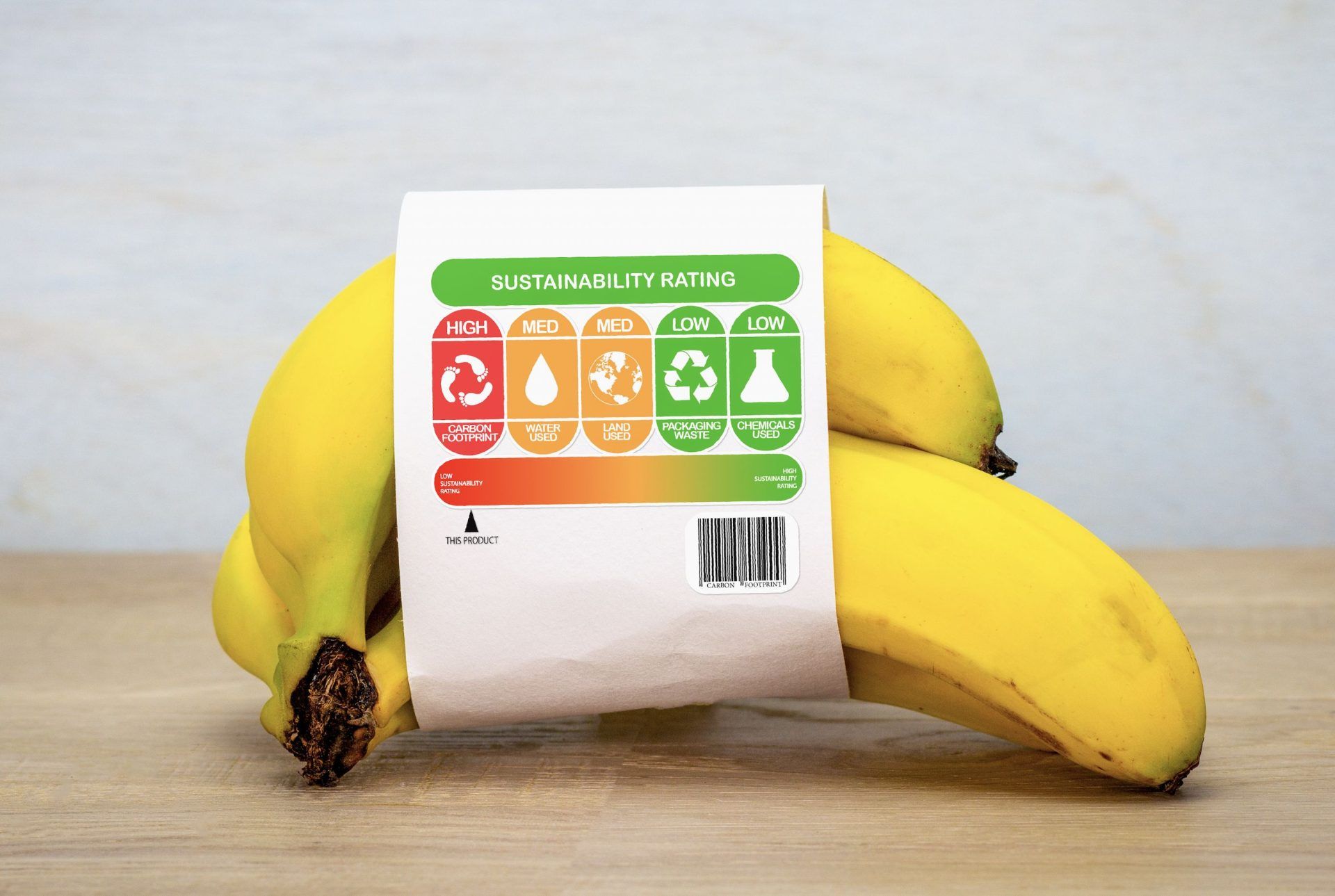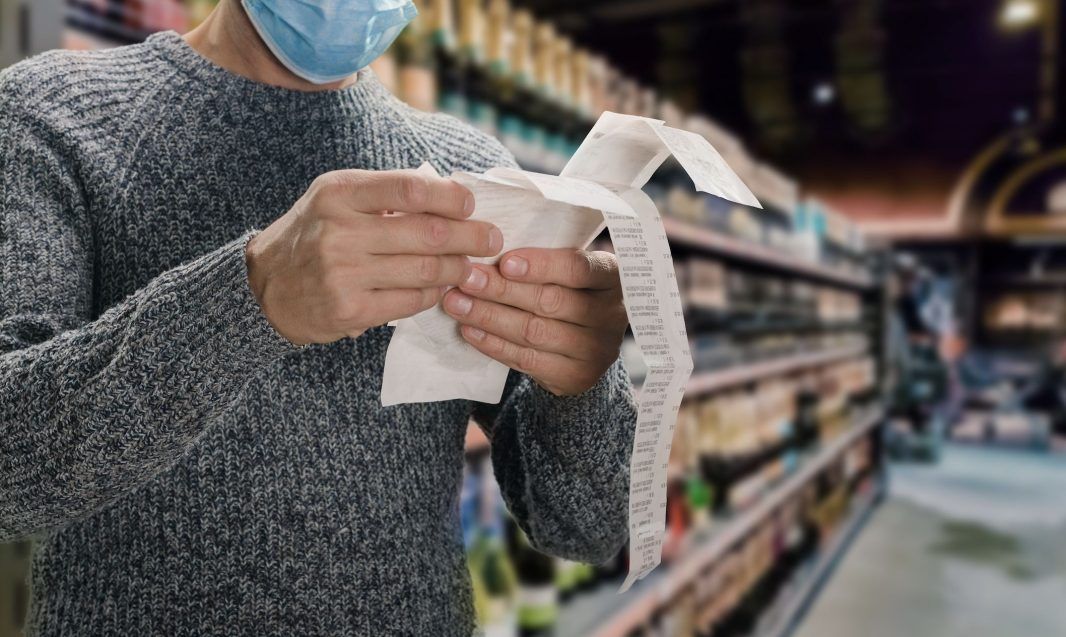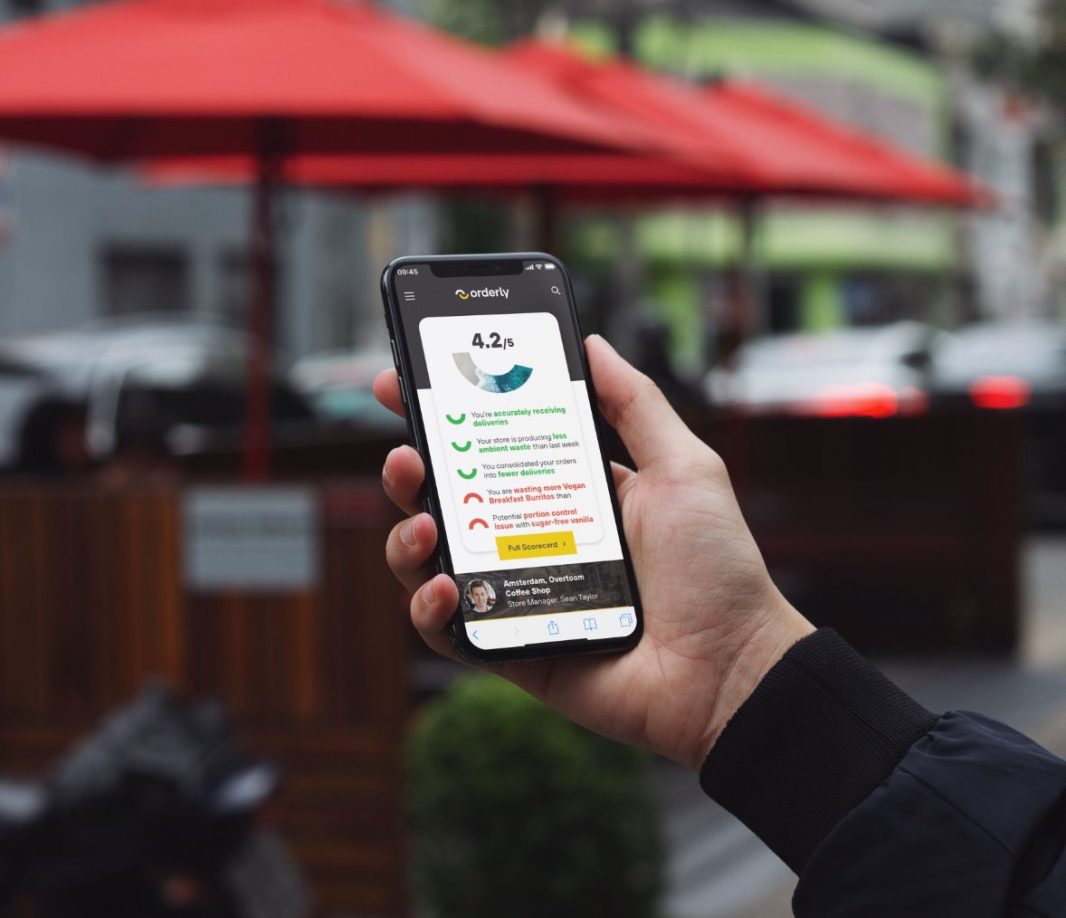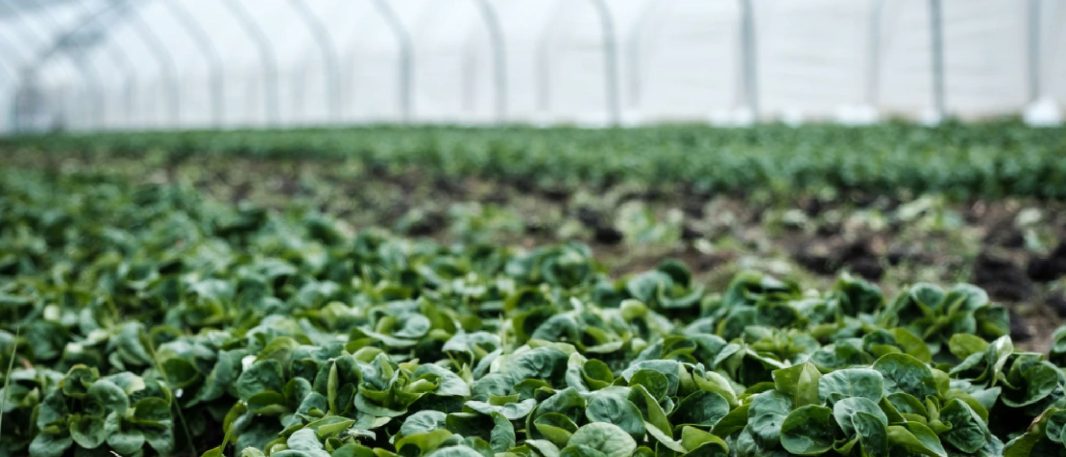When you’re shopping for food, do you ever consider the environment? You might buy seasonally, being conscious of food waste and expiry dates or estimate the air miles of a product. Perhaps you look out for labels that indicate the product has been produced locally or ethically.
Could standardised eco-labelling make a difference in the choices you make?
Eco-labelling is “a voluntary process whereby manufacturers, processors or retailers can choose to place an environmental label on their products” (The Environmental Labelling and Claims Directive 2000). The key word here is voluntary – businesses are not required by law to eco-label their products.
At present, UK manufacturers only have to list their main ingredients, and that’s by percentage, not amount. Most of us know that to get down to net zero probably means a reduction in meat consumption. But when looking at sausages or a burger – how are consumers able to tell the less impactful item?
Food labelling is important for many reasons. It helps us to make healthy choices, and also to avoid allergens. In the UK, the law states that any food which contains one or more of the following must be labelled:
- cereals containing gluten
- crustaceans
- eggs
- fish
But could compulsory eco labelling also be useful? Currently, there are no internationally agreed standards for eco-labelling, or for what type of data should be measured.
An appetite to get it right
There is certainly interest in getting something done. Professor Robin May, the FSA’s Chief Scientific Adviser was one person who earlier this year identified a need to support a unified eco-labelling system for food in the UK in order to support a fully sustainable food system.
But will it be effective enough? This is still in debate. In a study into the future of ecolabels it was stated “Although several studies have shown that the adoption of an ecolabel is frequently able to actually produce such an improvement of companies’ environmental performance, there are still doubts as to whether this is contributing to changes in the production and consumption patterns and the products themselves.”
In short, we aren’t sure that this would impact behaviour as much as we would like it to.
If it was the way forward, there’s little doubt that a change would have to be made over the current systems – and that could be significant.
There are many forms of labelling already in play for companies willing and interested to take them on, For example the EU Ecolabel, established in 1992 by the European Commission is there to identify products and services that have a reduced environmental impact throughout their life cycle. Recognized throughout Europe, this voluntary label promotes environmental excellence. It sounds great – and it can be trusted as it is awarded according to ecological criteria agreed on by experts, industry, consumer organizations and NGOs and verified by independent third parties. That’s rigorous – and that could be its main issue.
In the aforementioned study, it was stated;
“…there remains a belief, especially by companies and trade associations, that often the criteria development process could achieve better effectiveness, through a less time-consuming process and simpler (or even fewer) criteria to encourage more applications, especially from SMEs.”
Simply to make a change, there must be fewer barriers to labelling. Yet remove the barriers – and the data can become ineffective, untrusted – or simply unhelpful.
What we are getting at is that it would not be helpful or effective is to take the same sweeping governance of adding calories to restaurant menus and applying this to eco credentials on packages. (Take a look at our article on this here.)
That being said, despite the obvious downsides (cost, logistics, potential waste from repackaging and the movement to make it a necessity) there are many reasons why a business might want to eco-label their products.
For one, it could be a way to show that the company is environmentally responsible and wants to make sustainable choices easy. It could also be used as a marketing strategy – eco-labelling can make products more appealing to customers who are looking for green options.
And finally, it may help the business save money in the long run by reducing wastage and increasing efficiency as they change products to develop greener alternatives.
Some benefits of eco-labelling for customers would be:
- knowing that the product they’re buying is environmentally friendly.
- being able to compare products side-by-side to see which one has a lower impact on the environment.
- and feeling good about supporting businesses that are making sustainable choices.
But to get here, we need to standardise. Some brands are already eco labelling, and manufacturers and retailers can make their own green claims. This could range from useful information on how the product is made, or they could be very vague indeed – we are looking at you, phrases like “environmentally friendly” and “kind to nature”.
As such, The Department for Environment, Food & Rural Affairs have their own Green Claims Code, a checklist of advice and guidance, with the ASA (Advertising Standards Authority) coming down on any non-compliance. While helpful, it’s not standing out as a long term solution.
Standardisation of how we discuss food sustainability will always involve a period of disruption – but if the benefits helped consumers make better choices – could it be worthwhile?
It’s certainly food for thought.
Interested in getting scores for your own business sustainability efforts?
Data is only as useful as the insights it provides. That’s why we’ve made it our mission to turn big data into actionable insights that help businesses like yours make better decisions, improve operations and drive down waste as easy as 1, 2, 3.
Orderly’s 3 core insights are generated from integrations with a range of data sources to provide the right insights at the right time, so you always know what’s going on in your business.
- Three things the store manager is doing well
- Two things they can improve upon
- One score out of five, benchmarked against their peers
This plus real-time, live insights, assisted by in-store cameras and sensors.
To learn more, speak to us today.







